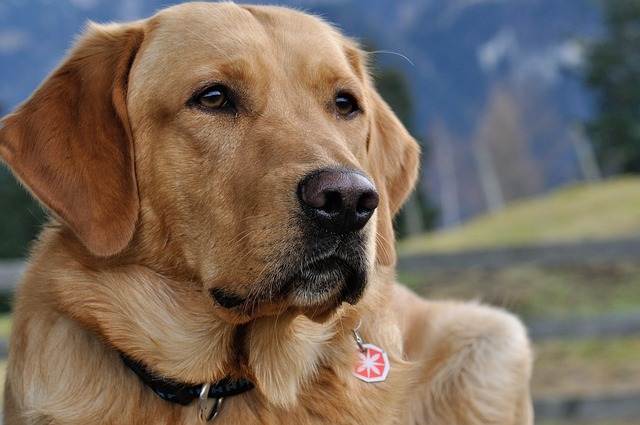
What are the disadvantages of grain-free dog food
I sat with my friend Maya in her Atlanta apartment kitchen last month, as she stared at a half-empty bag of grain-free dog food and her 3-year-old German Shepherd
I sat with my friend Maya in her Atlanta apartment kitchen last month, as she stared at a half-empty bag of grain-free dog food and her 3-year-old German Shepherd, Max, who’d been napping more than usual—his once-shiny coat dull, and his stools loose for a week. “I bought this because everyone said it’s ‘healthier,’ but Max seems off. What are the disadvantages of grain-free dog food I didn’t know about?” Maya asked, scrolling through a sea of conflicting online reviews. If you’re a new U.S. dog owner tempted by grain-free labels, the truth is: these foods come with hidden risks, marketing hype, and often no real benefit for most pups.
To understand the disadvantages, let’s start with the science (and the warnings). Dogs are omnivores—their bodies evolved to digest grains like brown rice, oats, and barley, which provide affordable fiber, B vitamins, and steady energy. The FDA issued a 2018 warning linking some grain-free foods to dilated cardiomyopathy (DCM), a life-threatening heart condition, especially in large breeds like Max. Maya’s vet explained why: grain-free brands replace grains with legumes (peas, lentils) or starchy veggies (potatoes), which can block the body’s absorption of taurine—a nutrient critical for heart health. Worse, most “grain-free” claims are marketing: only 10% of dogs have true grain allergies (the rest are allergic to proteins like chicken or beef). So for Maya, she’d spent $70 on a bag that was riskier and less nutritious than a mid-priced grain-inclusive option.

Here’s how to spot and avoid the disadvantages of grain-free dog food, using Maya’s lesson with Max: First, check for “filler” substitutes. Flip the bag—if the first three ingredients are “pea protein,” “lentil flour,” or “potato starch” (not real meat like “deboned chicken”), it’s a red flag. These fillers are cheaper than grains but offer less nutrition; Max’s food had “pea protein” first, meaning he was getting more plant-based filler than animal protein. Second, consult your vet before switching. Maya’s vet ran a blood test (to check taurine levels) and recommended a grain-inclusive food with whole oats and real lamb. Within a week, Max’s energy came back, and his stools firmed up. Third, don’t fall for “human trend” marketing. Grain-free diets took off because people avoid carbs, but dogs don’t have the same dietary needs. Maya admitted she bought it because “it sounded fancy”—a common trap for new owners. Fourth, watch for subtle side effects. Dull coats, lethargy, and digestive issues (like Max’s loose stools) are early signs the food isn’t working. Severe signs (labored breathing, collapse) mean emergency vet care—DCM progresses fast.
For apartment living, budget is a big disadvantage: grain-free food costs 2–3x more than grain-inclusive options, and apartment dogs (who often get less exercise) don’t need “premium” labels. Store food in airtight containers (to keep ants out of small kitchens) and use mealtime for positive reinforcement—Maya now gives Max a freeze-dried liver treat after he eats his new food, no scolding for leaving kibble (which violates U.S. animal welfare standards). When walking, always carry poop bags (Atlanta fines $150 for leaving messes)—grain-inclusive diets often produce more consistent stools, making cleanup easier. Keep your dog’s rabies vaccine up to date (required nationwide)—vet visits are the perfect time to review food labels; Maya’s vet marked up her old grain-free bag to show which ingredients to avoid.
A week later, Maya texted me a video: Max chasing his toy across the living room, coat glistening. What are the disadvantages of grain-free dog food? For Max, it was heart risk, empty nutrition, and wasted money. For most pups, grain-inclusive food is safer, cheaper, and better aligned with their bodies—don’t let marketing overrule common sense.

I sat with my friend Maya in her Atlanta apartment kitchen last month, as she stared at a half-empty bag of grain-free dog food and her 3-year-old German Shepherd

I sat with my friend Molly on her Phoenix patio last month, where her 5-year-old Labrador, Cooper, lay dozing on a cooling mat

I sat with my friend Lexi on her Houston apartment couch three weeks after her 3-year-old Pug, Luna, survived heat stroke—Luna curled up on a cooling mat

Blind dogs rely entirely on their owners to keep their eye area healthy, as even small irritants can cause big discomfort. Start with daily checks—run a clean, damp cotton ball along the corners of their eyes to wipe away any crust or discharge.

I sat with my friend Mia on her New York City apartment floor last weekend, where her 3-year-old French Bulldog, Louie, was scratching his ears so hard he whimpered

Most dog owners notice their pup’s stinky breath or yellowed teeth at some point, and that’s when the question of cleaning costs pops up.